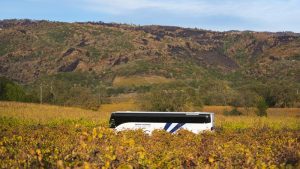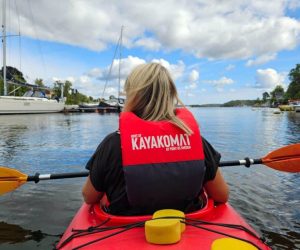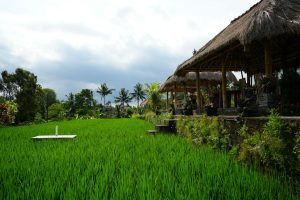
Wilderness Travel has announced a new, limited-edition itinerary to the wilds of Northern Patagonia with special focus on conservation and exploring three newly established national parks. On this itinerary, travelers can discover part of Chile’s “Route of the Parks,” where seven newly created national parks stretch across 1,800 miles of temperate rainforest, active volcanoes, fjords, and both the Northern and Southern Patagonian Ice Fields.
A 10-day itinerary, “Remote Parks of Patagonia’s Wild North” will specifically visit the new national parks of Pumalín Douglas Tompkins National Park, Patagonia National Park and Cerro Castillo National Park, in addition to interacting with members of Rewilding Chile (formerly Tompkins Conservation) along the way to learn about their conservation projects.
Highlights of Remote Parks of Patagonia’s Wild North include:
Rewilding Chile – This organization evolved from Tompkins Conservation, which was established by Douglas and Kris Tompkins to protect and rewild areas of Chile and Argentina. Throughout this exploration, travelers will meet and learn from representatives of Rewilding Chile, the conservation organization responsible for the establishment of seven national parks and the expansion of three others. Guests will have the opportunity to ask questions and get first-hand insight into their projects. In Patagonia National Park, guests have the option to participate in a hands-on rewilding project with the conservation team.
Pumalín Douglas Tompkins National Park – Travelers will spend two days in Pumalín Douglas Tompkins National Park, a nearly 1 million-acre site established in February 2018, exploring the ancient forests that give way to fjords, rivers, granite walls, glaciers, volcanoes and lakes. The park protects 25 percent of the remaining population of the native alerce tree. Travelers can meet with representatives of Rewilding Chile to learn about their conservation and recovery work in this area.
(Photo by AlbertoLoyo/iStock/Getty Images Plus/Getty Images)
Patagonia National Park – Travelers will spend three days in the region’s newest park, established in December 2018 by combining two neighboring reserves—Tamango (including the lake-dotted Chacabuco Valley) and Jeinimeni. Due to its location in an area where southern beech forests give way to eastern steppe, Patagonia National Park is of notable ecological significance. Adding to this biodiversity are nearby bodies of water, in particular the Baker and Chacabuco rivers, as well as Lake Cochrane. The region’s native species, from Andean condors to guanacos and pumas, can be found in the park. Notably, its large expanse of wild land includes habitats that are home to the huemul, an endangered species of deer found on Chile’s national coat of arms. While in the park, there is the option to participate in a rewilding experience with the conservation team there.
Kayaking to the Marble Chapels – Visitors can spend a morning paddling along the shores of vast Lago General Carrera, shared by Chile and Argentina, to the rock formations known as the Marble Chapels, or Marble Caves. The smooth marble columns and arches jutting out of the lake reflect a rainbow of colors into luminescent waters.
Cerro Castillo National Park – Travelers can spend a full day in this national park, established in July 2017, as the grand finale for the trip. This park is topped by the jagged spires of Cerro Castillo, one of the most distinctive mountains in Chilean Patagonia. Hanging glaciers in Cerro Castillo National Park have formed gem-colored lagoons above tree line and the southern beech forests found here are home to endangered species such as the huemul and Magellanic woodpeckers.
This trip includes stays at rustic accommodations in special locations. The first departure of “Remote Parks of Patagonia’s Wild North” is March 6-15, 2025.
Related Articles
andBeyond, Quark Expeditions Launch New Adventure
Ker & Downey Africa Launches New Sensory Safari Experience
Natural Habitat Adventures Launches New Kenya Safari for 2025
Cultural Attractions of Australia Announces Two New Experiences






